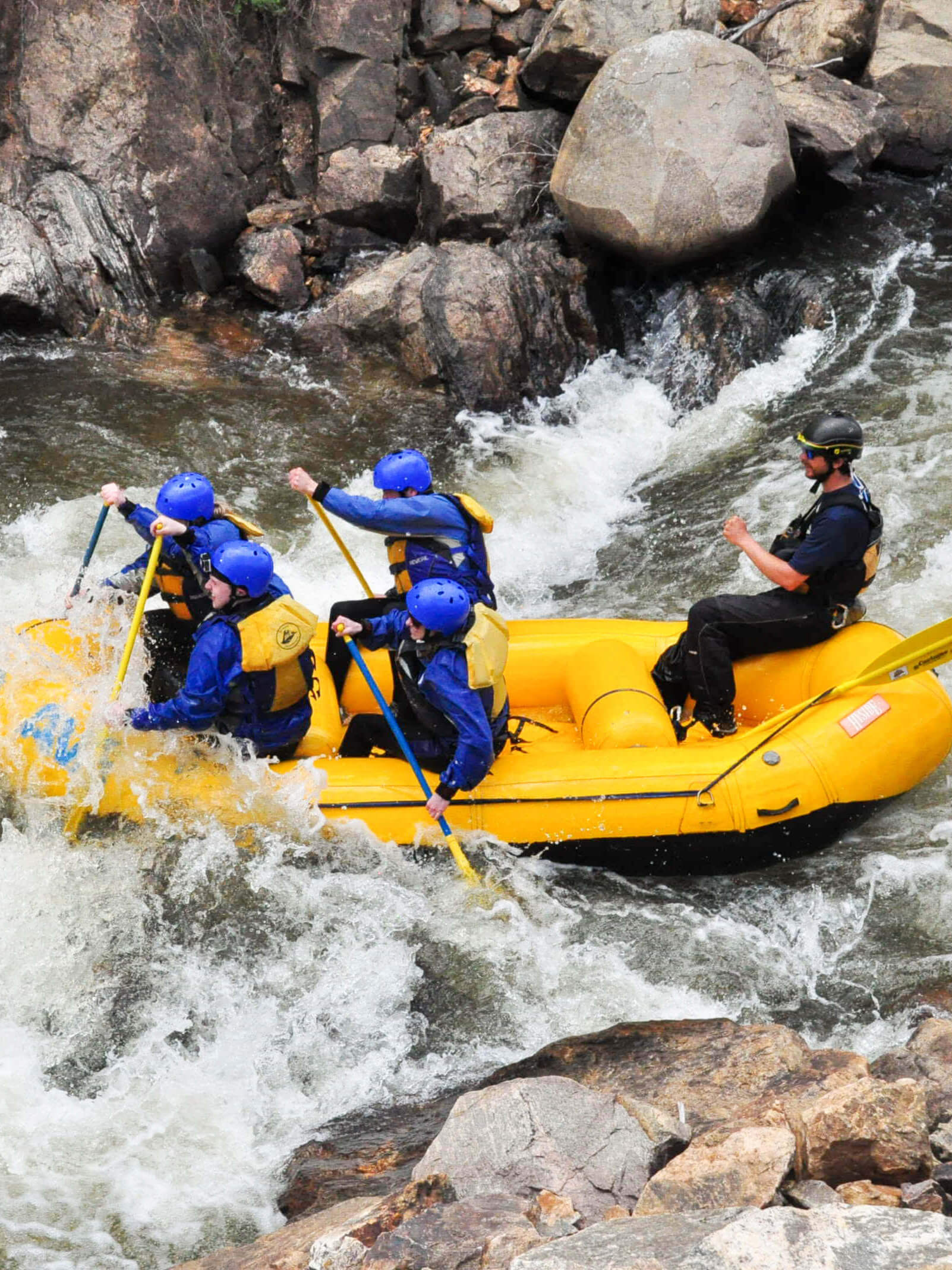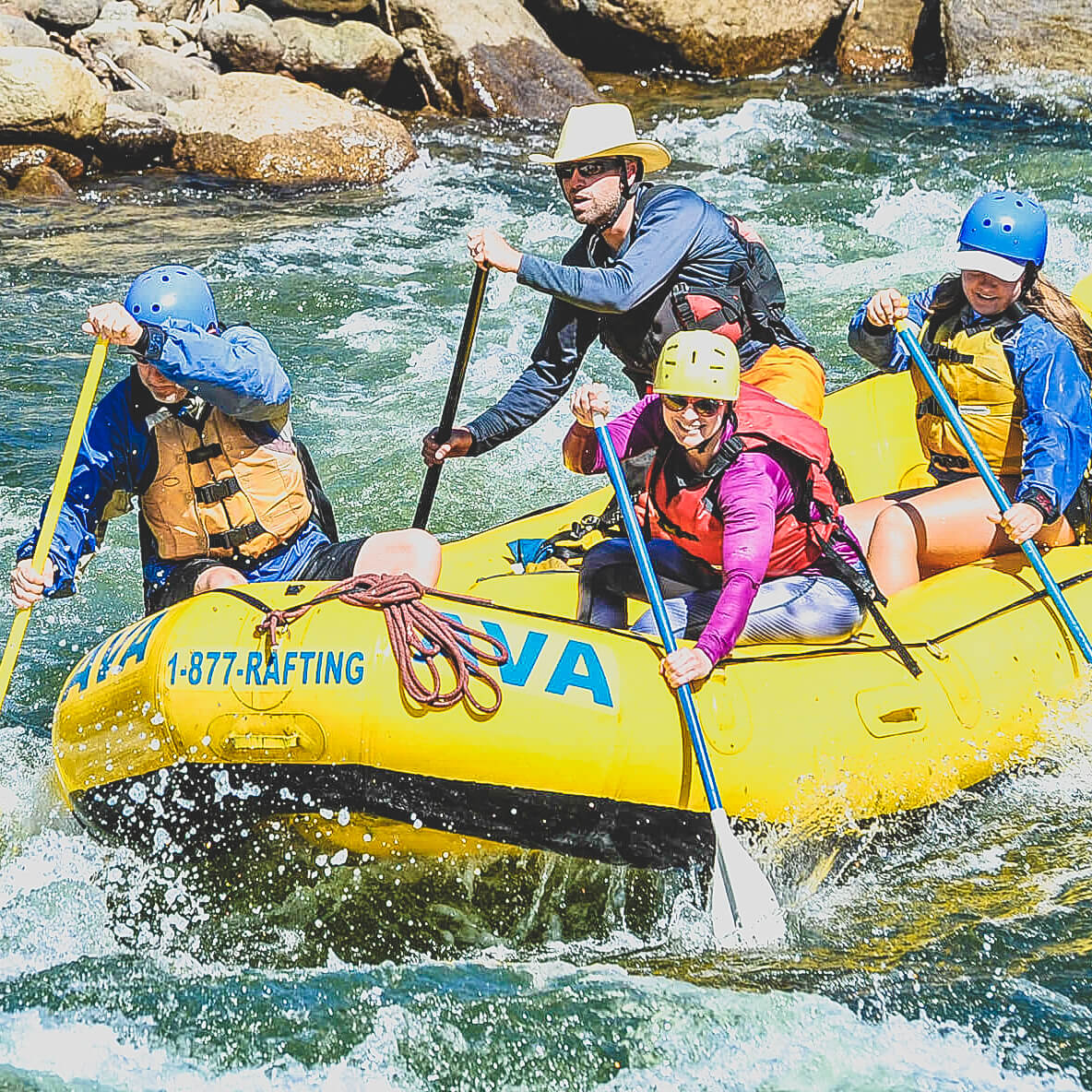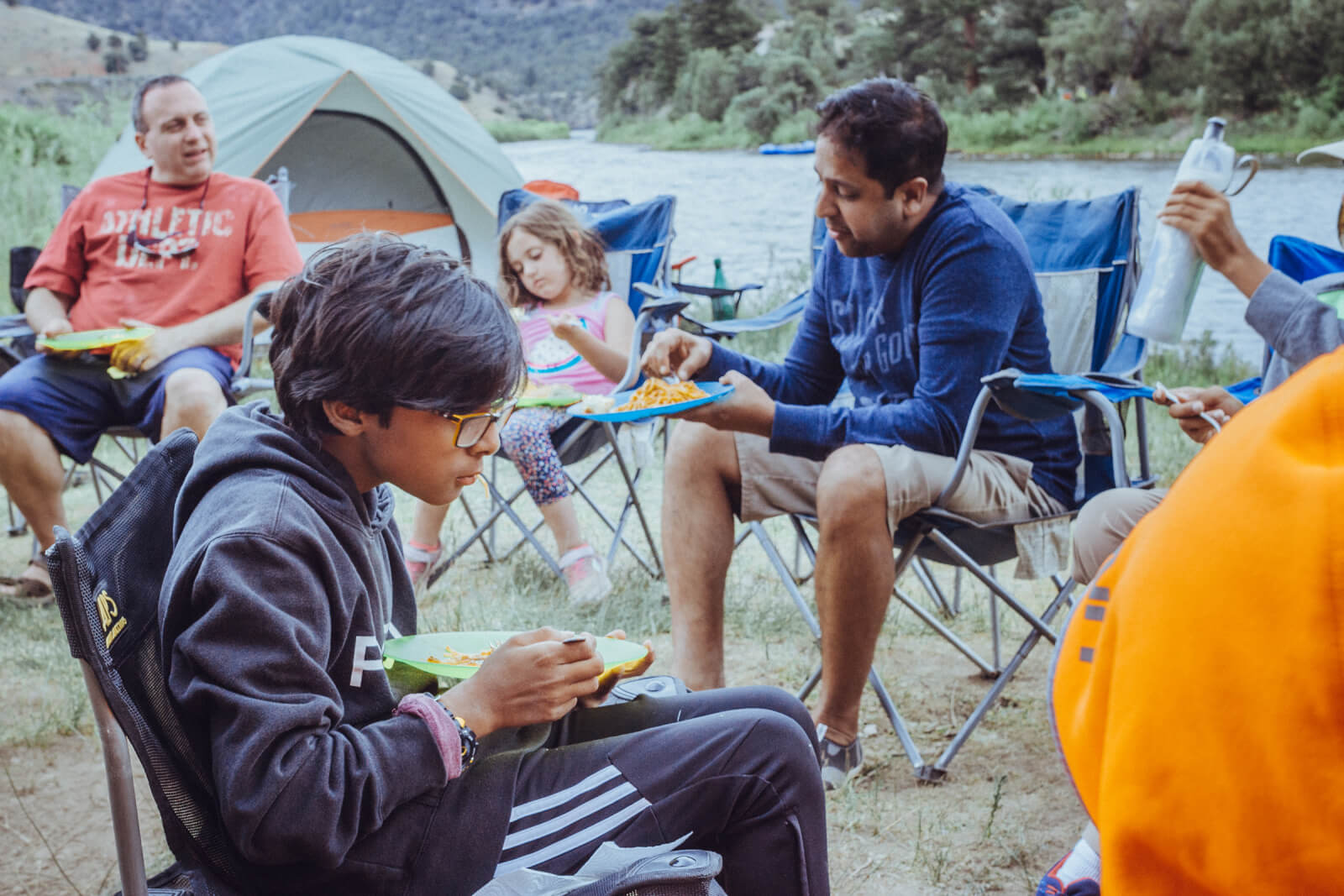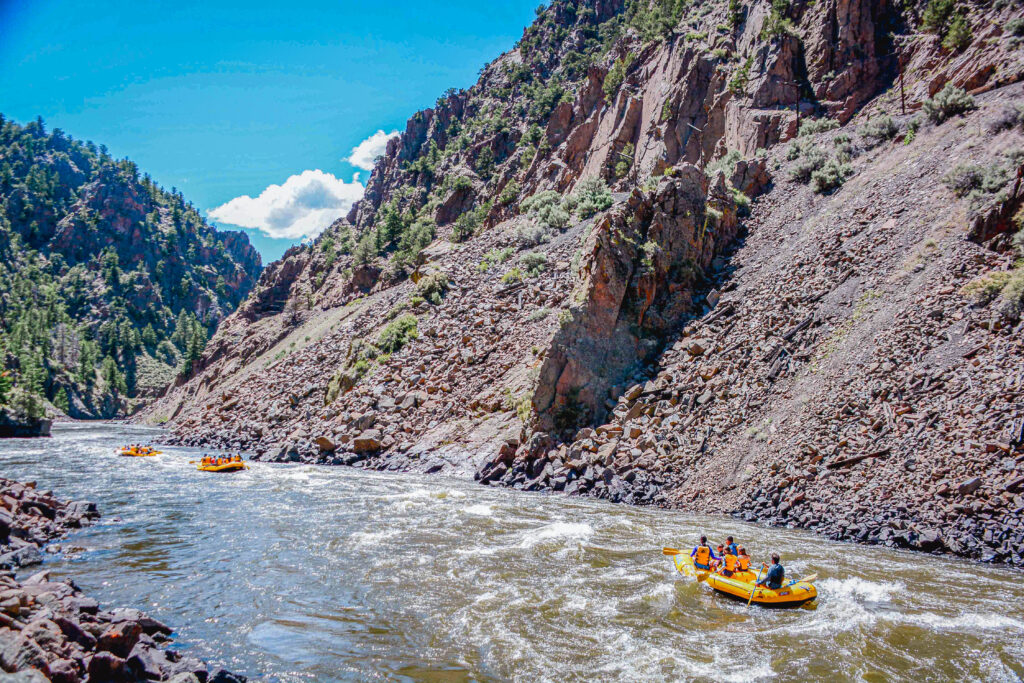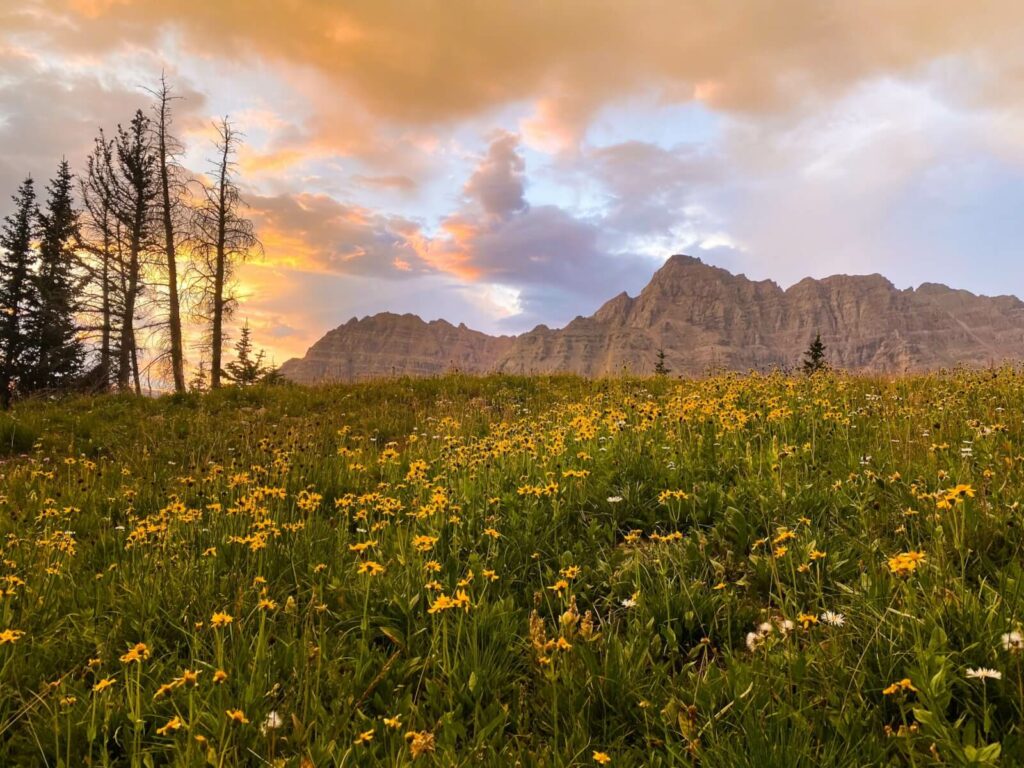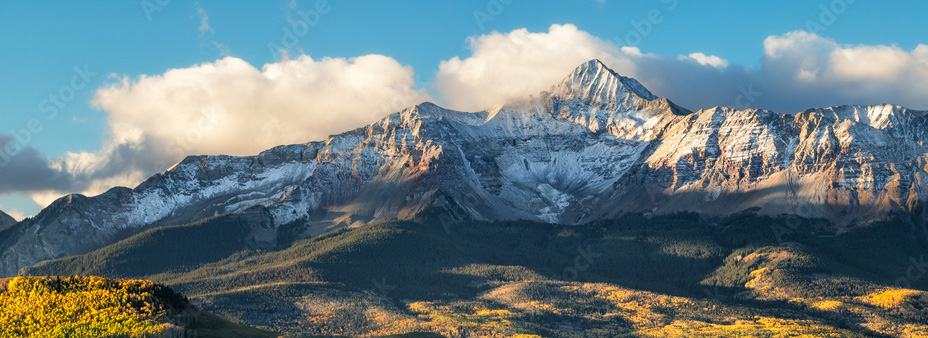So, you want to talk like a local hu? Lucky for you, AVA Rafting & Zipline has been white water rafting Colorado for over 20 years, and we are going to train you up on your rafting lingo. When you book a whitewater rafting trip, you’ll quickly learn the common phrases that’ll keep communication between you and your guides going smoothly and efficiently.
Things You’ll Hear Your Raft Guide Say
Now, your guide is the person steering your boat, otherwise known as a raft. They know these waters well, and they’re trained to keep you safe and avoid sleepers (rocks hidden just below the surface in slow water making it hard to notice), so listening for their instructions is key to maximizing the excitement on your rafting adventure. For instance, if you hear “Forward one!” coming from the back of your boat, that means everyone with a paddle (the handheld tool used to propel or slow the boat) needs to perform one stroke forward, in unison. A stroke is when you plant a paddle in the water beside the raft, then either pull or push, using the resistance from the water to control the boat’s speed and direction. Variations of this call include forward two, left side forward one, right side backward one, and others. If you’re going on a family whitewater rafting trip, practicing these terms with the kids can be a fun game on the ride to and from your adventure.
Rafting Lingo Describing Water Conditions
Some other terminology you will hear has to do with the behavior of the water itself. Cubic Feet per Second or CFS, is extremely important for rafting. CFS is the measurement used to communicate how high, or low, water levels are, and it is determined by the current. The current is the speed of moving water. To help understand why the CFS is so important, consider this example: a CFS of 300 in a wide section of a river will mean lower water levels than the same CFS in a narrow section of a river because the same amount of water is traveling through both sections at any given time.
Other common rafting lingo describes the layout of the river. An eddy is where the current seems to turn around and head upstream. Guides will use an eddy to sit still in a point of the river while they regroup with other rafts still going downstream. A bend refers to a curve or turn in a river. The experienced guide will know how to prepare the raft for the incoming bend, and how to direct their passengers for a well-executed turn.
Rafting Safety Lingo
Do you want to be the person capsizing on the Arkansas River?
Be sure to scout whichever section of a river you intend to raft down, bends can hide potentially dangerous river features like a confluence, the point where two or more rivers meet. Some items you will always find with a safety-conscious guide include a throw bag and PFD (Personal Flotation Device). A throw bag is a bag with one end of rope attached to the inside, the rest of the rope is held inside the bag, except for the free end. If a passenger ends up a swimmer – the term for someone who falls into the water from a raft, the guide will hold onto the free end of the rope in the throw bag, then throw the bag and its contents at the swimmer to hold onto until they are successfully pulled back into the raft.
Understanding this lingo will make you better prepared for more advanced rafting sections, and certainly impress any rafting guide. You’ll also be ready for the post-rafting beer and conversations with your guides. If you really want to turn heads, let your guide know they have a nice looking rubber when you first see their boat.
wpengine
This is the "wpengine" admin user that our staff uses to gain access to your admin area to provide support and troubleshooting. It can only be accessed by a button in our secure log that auto generates a password and dumps that password after the staff member has logged in. We have taken extreme measures to ensure that our own user is not going to be misused to harm any of our clients sites.

